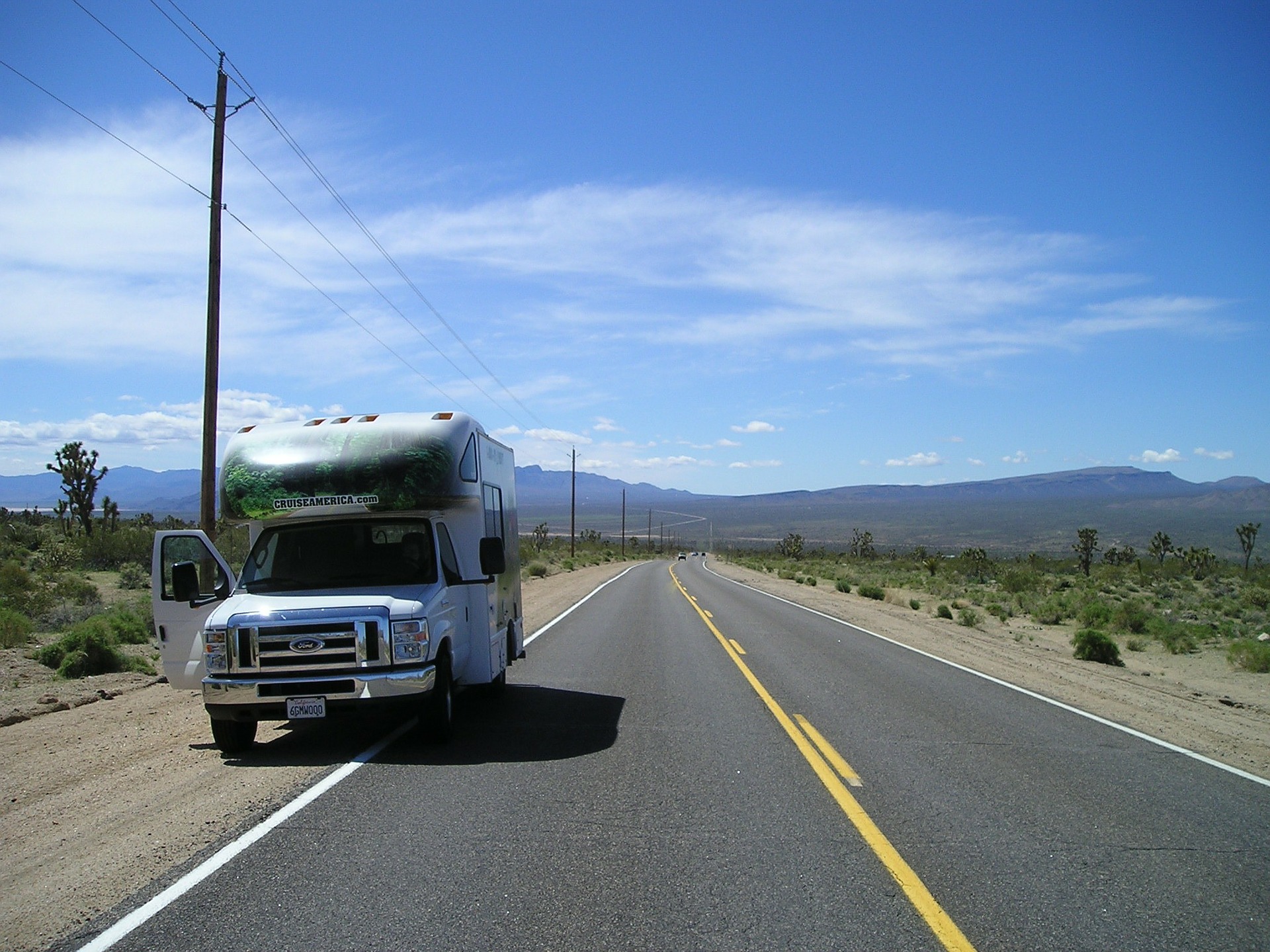There is more to choosing the right tires for your caravan then simply observing it as a financial decision. You have to make sure that the tires you choose provide the safety you need on an open road and long rides. Roads vary in quality of their surface and can be quite demanding sometimes which can consequently have a great impact on the tires.
The weight and size of the caravan, as well as weather conditions also play an important part in choosing the tires. Additionally, insurance may not cover the damage so that is another reason to be careful. But if you are not sure how to decide on the right tires, here is a small guide to help you out.
Pick the right rim
Rims are made of steel or alloy so it depends on what you feel more comfortable with. However, the rim must match the tires, as well as be rated correctly. Sometimes, using the same rims on the caravan as on the tow vehicle can make the replacement easier in case of flats.
When doing this, pay attention to wear capabilities on both vehicles since it will happen differently. Models of your car and caravan will not be the same, meaning that the tires will act distinctly in both vehicles. It’s always better to follow the individual capabilities of each vehicle, then to equip them with wrong tires.
Read the writings properly
Every tire has certain writing on it consisting of letters and numbers. They are actually an alpha-numerical code imprinted on the side of the tire and usually is all information you need. Every part of the code has a meaning which will help you choose the right tires for your caravan or any vehicle for that matter.
For example, the code P 205 / 65 R 16 92 H has the following meaning:
- “P” stands for the tire class, in this case, it’s P-Metric passenger tire for US standards. “LT” means light truck tire which doesn’t belong to the P-Metric group, but also uses US standards. In case the letter is missing from the code, the tire is built to the European standards.
- A number following the tire class, if any, stands for the section width. It represents the width from one sidewall to another in millimeters. It will have three digits and in this case, say that the section width is 205 mm.
- After the slash comes aspect ratio which represents sidewall height. It is actually the percentage of the section width and will always be shown in a two-digit number. Here, in the example, 65 means that sidewall height amounts for 65% of its 205 mm section width.
- Next is the tire construction which represents the composition of the tire. “R” is the radial construction which means that plies run at 90 degrees from the center. “D” stands for diagonal bias construction and means that plies run at lower angles than 90 degrees.
- The number 16 in our example stands for rim diameter in a P-Metric code in inches.
- The following number represents the load index which indicates how much weight can the tire withstand at various inflations. You have to look up this number in the load index table to find corresponding carrying capacity in pounds and the inflation pressure. In our example, 92 refers to 1,389 lbs at 36 psi.
- The last number indicates a speed rating which represents the maximum speed that tire can withstand. The letter H here means that the tire can safely run up to 130 mph.
Additionally, tires have manufacturing dates on them which will be marked in a four-digit code. For example, 0918 means that tire was manufactured in September 2018.
Caravans are becoming very popular across the world once again since the break after ‘80s. This is due the fact that Millennials like to camp which makes them 38% of all campers. For example, Germany had a 37% rise of production of vehicles in 2016, while Nexen tires in Australia had to satisfy the growing interest in caravans.
Tire pressure
In order to achieve an even distribution of weight, the tires have to be inflated at the prescribed rates. Let’s see this in the following example. If tire has the following code 215/65 R16 96H the figure “96” stands for the load index. In the load index table, 96 refers to 1,565 lbs at 36 psi of max inflation pressure for standard load or 42 psi for extra load.
“SL” stands for standard load, while “XL” represents extra load, whereas the standard load is usually not marked on the tire after the load index and in that case, max inflation pressure is 36 psi. The higher the letter after speed rating (“H”) the higher the inflation pressure. Since this is individual to the vehicle, you should check the pressure against the load you carry and towing conditions.
In the end
Choosing the right tires from the beginning will save you from unnecessary expenses and possible damage to your caravan. Once you have your tires in place, perform regular maintenance since they have a limited lifespan even if you don’t use your caravan all the time. They will last longer if you take them off, but if not possible, maintain the right pressure and rotate them regularly – it will keep them in good shape.
